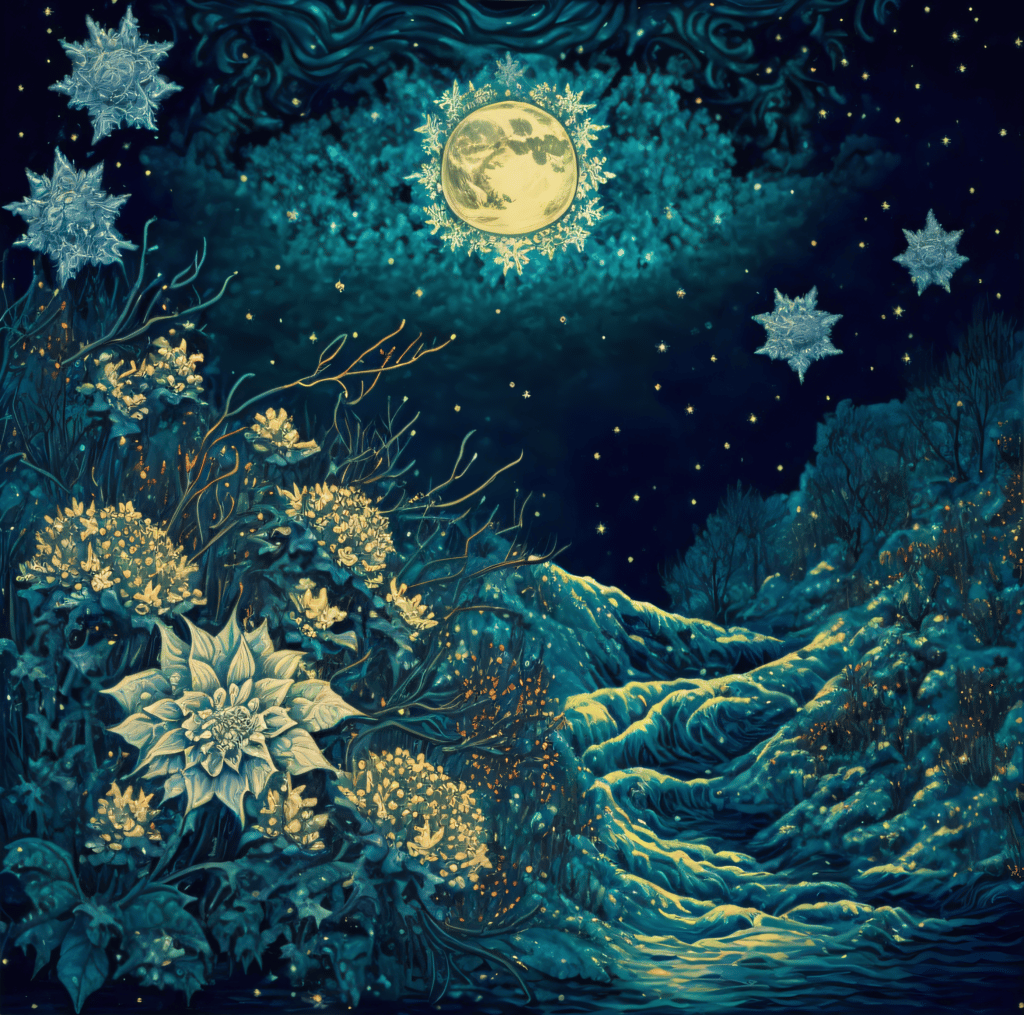This exhibition of upstate digital artist Cynthia Manuel, Webmaster at Artists Collective | Spartanburg, will demonstrate her collaboration with the AI tool Midjourney. The show “AI & Me” will run from Jan. 31 through Feb. 25 in Gallery II. A demonstration of using Midjourney will be held at 7pm during the February Art Walk.
What is Art?
There is no single answer to the question “What is art?” because art can mean different things to different people. For some people, art is a way to express their feelings or emotions, while for others it may be a form of communication. Some people may see art as self-expression, while others may view it as entertainment. Ultimately, the answer to the question “What is art?” depends on the individual’s own definition of art.
What is an Artist?
An artist is someone who creates art. Art can be anything from painting and sculpture to music and dance. Artists use their creativity and imagination to create works of art that are beautiful, thought-provoking, or simply enjoyable to view. Some artists also use their art to comment on social or political issues, or to tell a story. Artists often start out by taking classes or learning from other artists.
What is AI Art? ( Also known as Generative Art or Synthography )

AI art is a form of digital art that uses artificial intelligence (AI) algorithms to generate or assist in the creation of artworks. The field encompasses a wide range of techniques and approaches, including machine learning, neural networks, and computer vision. AI art can take many forms, including digital paintings, sculptures, music, and videos.
Just like human artists the AI learns from other artists. The AI then can create original works of art based on the styles it has learned. The AI does not copy artworks or create collages. It creates a unique, original work of art based on the text prompts it receives.
AI art is in its nascent stage and is rapidly growing. While some may view AI art as a threat to traditional art forms, the reality is that it is simply another tool for artists to express themselves and create new and exciting works of art. Over 3 million artists currently use AI’s such as Stable Diffusion, Midjourney, and DALL-E 2 daily.

One of the most exciting aspects of AI art is its ability to generate unique and unexpected results. Unlike traditional art, which is often created by a single artist, AI art can be created by a collaboration of a human artist and an AI system. This can lead to a wide range of different styles and forms, as well as the ability to create art that would be impossible for a human to create alone.
Some experts believe that AI will actually help artists become more creative, allowing them to experiment with new ideas and techniques without fear of failure. AI also can help artists create more realistic images and videos, as well as generate new ideas for artworks. AI also can enable artists who have lost the use of their hands due to aging, illness, or injury to continue creating art.
Despite these benefits, some may worry that AI art will replace human artists and lead to the loss of jobs and traditional art forms. However, it is important to remember that AI art is simply a tool, and it is ultimately up to human artists to decide how to use it. AI art can be used to enhance and augment traditional art forms, rather than replace them.
AI art is providing new opportunities for human artists, who can use it to expand their own creativity and reach new audiences. As the field of AI art continues to evolve and improve, we likely will see an increasing number of human-AI collaborations and new forms of art that are unique to this medium.
Overall, AI art is a fascinating and exciting field that has the potential to bring new and creative possibilities to the art world. While it is important to be mindful of its potential impact, it is also important to embrace the new opportunities and possibilities that it offers. As always, art should be accessible and inclusive, and AI can help to achieve this goal.

